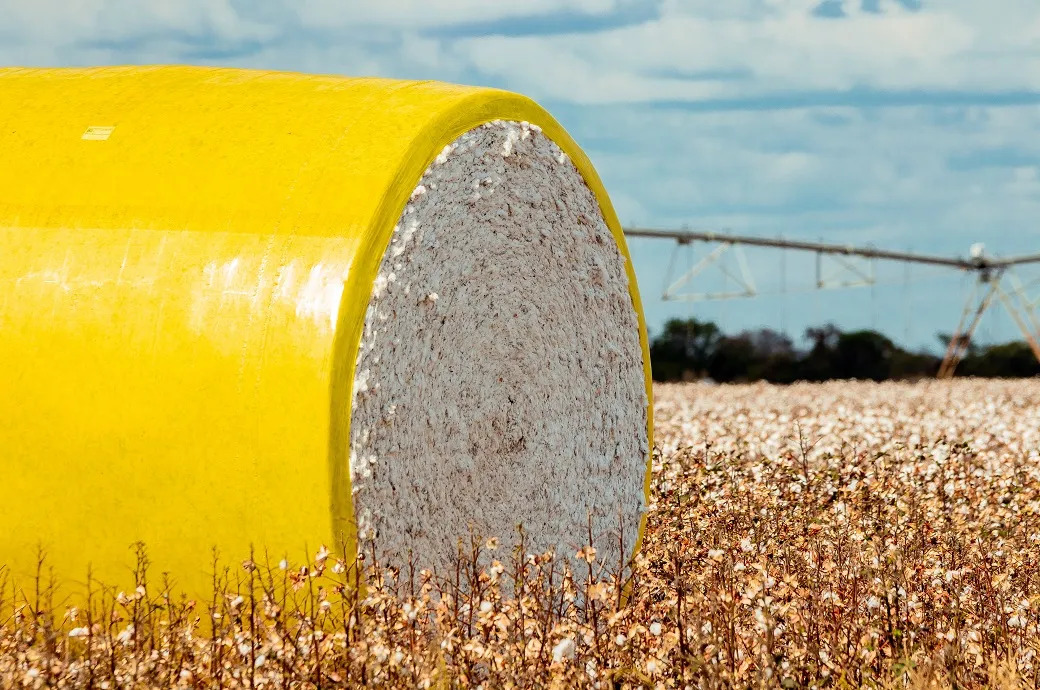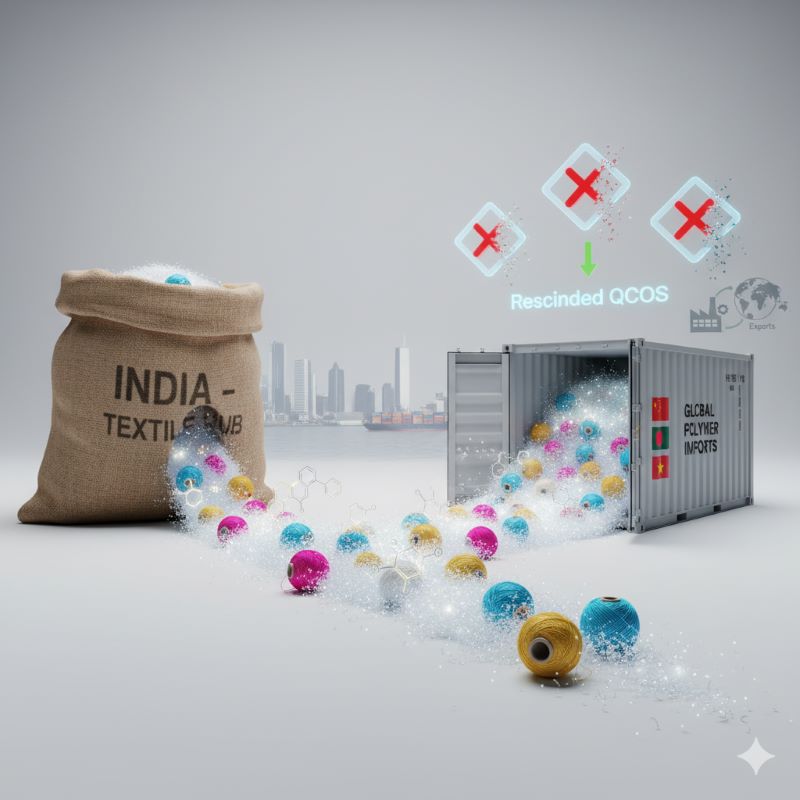In the 1960s and ’70s the Nigerian textile industry got a lot of encouragement from the government. One of these major schemes was a ban placed on import of textiles. So many investors came into the textile sector. This led to backward integration in the industry. Many textile mills became fully integrated. Some even became spinning mills. The industry worked on shuttles, shuttleless and sulzer looms, knitting, spindles, real wax printing technology.
In this period the Nigerian textile industry was the most technologically advanced in sub-Saharan Africa. By 1985, there were about 180 textile mills in the country, employing about one million Nigerians. The country’s textile capacity accounted for 60 per cent in West Africa.
However in 1994, many textile manufacturers began to feel the pinch of the unstable political situation, massive smuggling, high production costs due to poor infrastructure, taxes and levies, among others. The situation worsened in 1997, when the ban on import of textiles was lifted. Inferior imported products flooded the market. Consequently, many big players could not survive.
From 60 per cent capacity utilisation in 1996 it deteriorated to about 28 per cent in 2002. At the end of 2009, only about 34 textile companies were still functional, employing less than 25,000 workers. There is an urgent need to take steps for the one million Nigerians who have been rendered jobless due to the decline of the industry.












